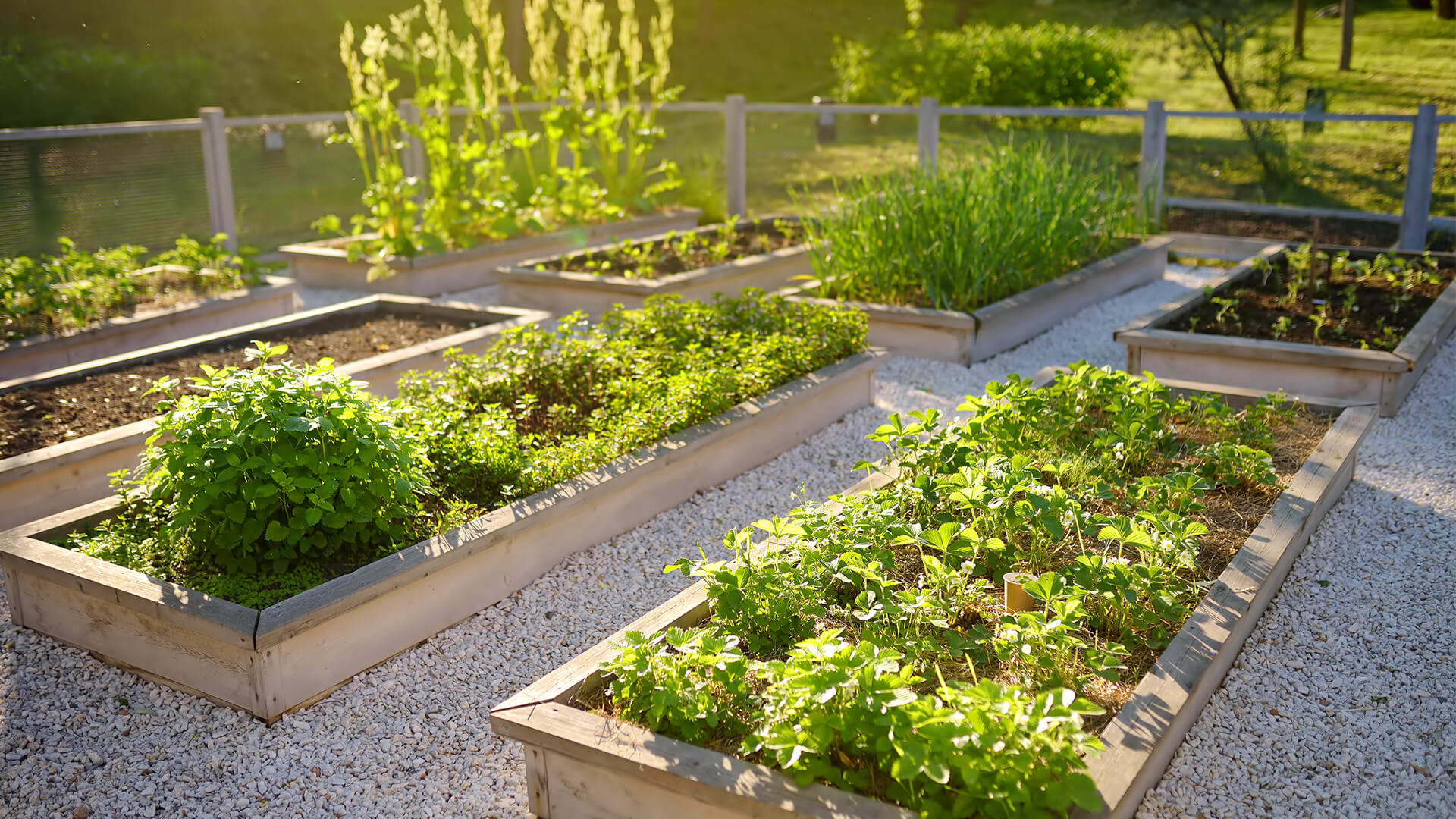Sustainable Gardening, High-Volume Tips

Sustainable Gardening Techniques for High Volume: Your Green Thumb's Guide
Introduction
Ever dreamt of a lush, productive garden that's easy on the planet? You're in the right place! Let's dive into the world of sustainable gardening techniques for high volume. We'll explore organic gardening, water conservation, composting, crop rotation, and even a touch of permaculture. By the end, you'll be well on your way to a thriving, eco-friendly garden that's the envy of the neighborhood.
Understanding Sustainable Gardening
What is Sustainable Gardening?
Sustainable gardening is like planting a tree under which you know you'll never sit. It's about creating a garden that's productive now, but also considers the future. It's about working with nature, not against it.
Why Sustainable Gardening Matters
Think of your garden as a tiny ecosystem. Sustainable gardening ensures this ecosystem can thrive for generations to come. It's about preserving soil health, conserving water, and reducing waste. Plus, it's a great way to attract wildlife and boost biodiversity.
Organic Gardening: The Backbone of Sustainability
The Organic Gardening Philosophy
Organic gardening is like cooking a delicious meal with fresh, local ingredients. It's about nurturing your plants with natural, non-toxic methods. No synthetic fertilizers, pesticides, or genetically modified organisms (GMOs) here!
Pest Control: Nature's Way
Instead of reaching for a can of pesticide, try these organic alternatives:
- Ladybugs and lacewings: These beneficial insects devour aphids and other pests.
- Neem oil: Derived from the neem tree, this natural oil repels pests and diseases.
- Diatomaceous earth (DE): This powdery substance damages pests' exoskeletons, killing them.
Feeding Your Garden Naturally
Forget synthetic fertilizers. Here's how to feed your garden the organic way:
- Compost: We'll dive deeper into this later, but compost is a gardener's best friend. It's rich in nutrients and improves soil structure.
- Manure: Chicken, cow, or horse manure (ensure it's well-rotted to avoid burning plants) can provide a slow-release nutrient boost.
- Cover crops: These plants, like clover or rye, improve soil health and prevent erosion when tilled under.
Water Conservation: Every Drop Counts
The Importance of Water Conservation
Water is a precious resource, especially in gardens. By conserving water, you're not just being eco-friendly, you're also saving money on your water bill.
Water-Saving Techniques
- Mulching: A layer of organic material, like straw or wood chips, on the soil surface retains moisture and suppresses weeds.
- Drip irrigation: This targeted watering system delivers water directly to plant roots, reducing evaporation and waste.
- Rainwater harvesting: Collect rainwater in barrels or cisterns for later use. Check out the EPA's guide on rainwater harvesting for more info.
Composting: Turning Waste into Wealth
The Magic of Composting
Composting is like alchemy for gardeners. It transforms kitchen scraps and yard waste into a nutrient-rich, soil-improving elixir.
How to Compost
- Choose a bin: A simple wire mesh or plastic bin will do.
- Add greens and browns: Greens (fruit and veggie scraps, coffee grounds) and browns (leaves, cardboard) should be mixed in a 3:1 ratio.
- Keep it moist: Compost should be as damp as a wrung-out sponge.
- Turn it: Mixing your compost pile aerates it, speeding up the decomposition process.
- Wait: It can take anywhere from a few months to a year for compost to be ready.
Crop Rotation: A Gardener's Best Friend
The Benefits of Crop Rotation
Crop rotation prevents soil depletion, reduces pests and diseases, and improves soil fertility. It's like giving your garden a well-deserved vacation.
How to Rotate Crops
- Divide your garden: Divide your garden into four equal sections.
- Plan your crops: Group plants based on their nutrient needs and family. For example, alliums (like onions and garlic) and brassicas (like cabbage and broccoli) should be rotated separately.
- Rotate annually: Each year, move each crop group to a new section of the garden.
Permaculture: Designing for the Future
What is Permaculture?
Permaculture is like designing a garden that's not just sustainable, but regenerative. It's about creating a garden that's productive, beautiful, and beneficial to the environment.
Permaculture Principles
- Observe and interact: Understand your garden's unique ecosystem before you start designing.
- Catch and store energy: Maximize sunlight, water, and other resources.
- Obtain a yield: Your garden should produce something useful, whether it's food, medicine, or beauty.
- Apply self-regulation and accept feedback: Your garden should be able to regulate itself, with minimal intervention from you.
Conclusion
Sustainable gardening techniques for high volume aren't just about producing more, they're about doing so responsibly. By embracing organic gardening, water conservation, composting, crop rotation, and permaculture, you're creating a garden that's not just productive, but also kind to the planet.
FAQs
-
Q: How do I know when my compost is ready? A: Compost is ready when it's dark, crumbly, and smells like earth. It should be free of recognizable scraps and hot to the touch.
-
Q: Can I compost meat and dairy? A: While it's possible, it's not recommended. Meat and dairy can attract pests and harbor pathogens. Stick to plant-based scraps.
-
Q: How do I know if my soil is healthy? A: Healthy soil is dark, crumbly, and smells like earth. It should drain well and support a diverse range of plants and insects.
-
Q: Can I use tap water to water my garden? A: While tap water is safe for most plants, it may contain chlorine or other chemicals that can harm beneficial soil microbes. If possible, use rainwater or let tap water sit overnight before using.
-
Q: How can I attract beneficial insects to my garden? A: Plant a variety of native plants, avoid pesticides, and provide shelter, like a pile of logs or a birdhouse. Beneficial insects will follow!
0 Response to " Sustainable Gardening, High-Volume Tips"
Post a Comment